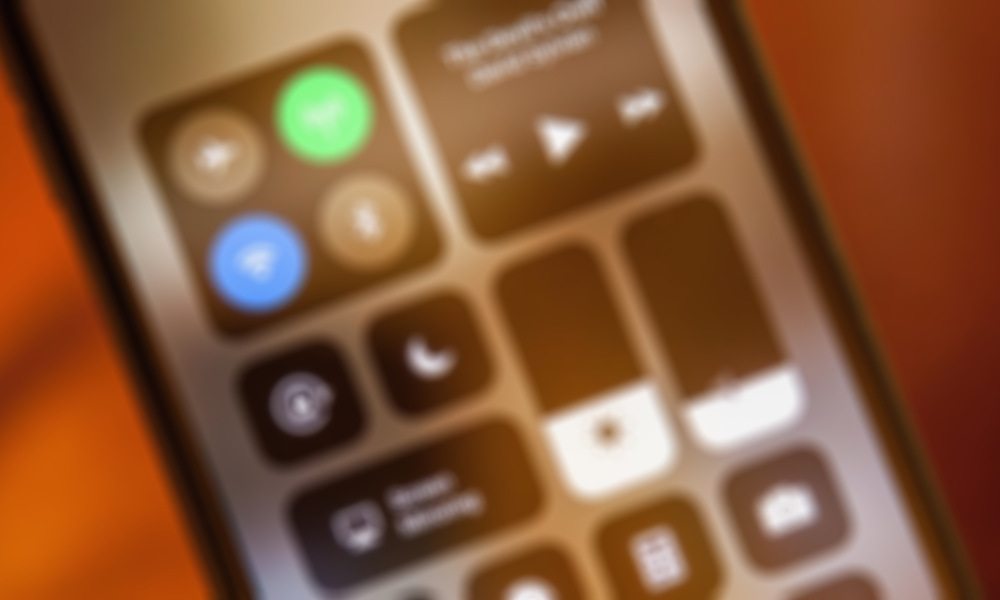Experts Explain How Screen Time Could Be Destroying Our Eyes

Toggle Dark Mode
The iPhone is celebrating its 10th birthday today; on the same day, ironically enough, that health experts cited in an exposé published by Wired U.K. suggested that smartphone use is literally changing the shape of our eyes.
That’s according to U.K.-based Ophthalmologist, Andrew Bastawrous, who alleges that smartphone use over the course of the last decade has contributed to an increasing number of people becoming “shortsighted” — a phenomenon he believes is directly related to abnormal eye growth as the result of “too much screen time.” He went on to explain that the long-term negative effects of this over-exposure to screens could range from mild to severe glaucoma, to retinal detachment, scarring, and a host of other abnormalities.
“The growth of the eye tends to slow down in your late teens and stop,” Bastawrous said. “But what’s happening in these populations is that it isn’t stopping. It seems to continue, and it’s being seen all over the world but much more so in Asia. In some countries such as Singapore, more than 90 per cent of school children are leaving school myopic. This is having a huge shift in eye care. The next big thing for us is going to be myopia.”
According to All About Vision, Myopia, or “Nearsightedness, is the most common refractive error of the eye, and it has become more prevalent in recent years.” “Myopia occurs when the eyeball is too long, relative to the focusing power of the cornea and lens of the eye. This causes light rays to focus at a point in front of the retina, rather than directly on its surface.”
Bastawrous believes that people are doing more “near-plane reading activity” on their smartphones or tablets lately, which in turn is effectively “encouraging” the eye to become myopic — or large enough to meet the needs of the brightly-lit, polychromatic environment of a touchscreen being held just inches away from our faces. Bastawrous pointed to evidence suggesting this phenomenon is “happening too quickly” in order for the rise in myopia to be a “purely environmental or genetic response.”
Based on other recent data, Bastawrous suggested that yet another factor is playing a crucial role: the fact that we, and particularly younger children, are spending less time outdoors. He noted how the direct result of children and teens spending more time indoors, staring into their screens, means they’re spending less time outdoors engaging with the environment and, more significantly, channeling their sight on longer distances.
Interestingly, he went on to suggest that in addition to the visual abnormalities being caused by too much screen time, the rise and increasing popularity of devices like the iPhone can ultimately have a detrimental effect on a person’s ability to “express empathy and engage with others socially” — a somewhat unrelated phenomenon resulting from the infrequency of exchanging eye contact with others.
While Bastawrous admitted that his present theory focuses on just a small faction of a much larger issue, his sentiments are certainly interesting, and provide plenty of food for thought — especially for parents of younger children and teens, who like to let their kids play games or text their friends incessantly.






